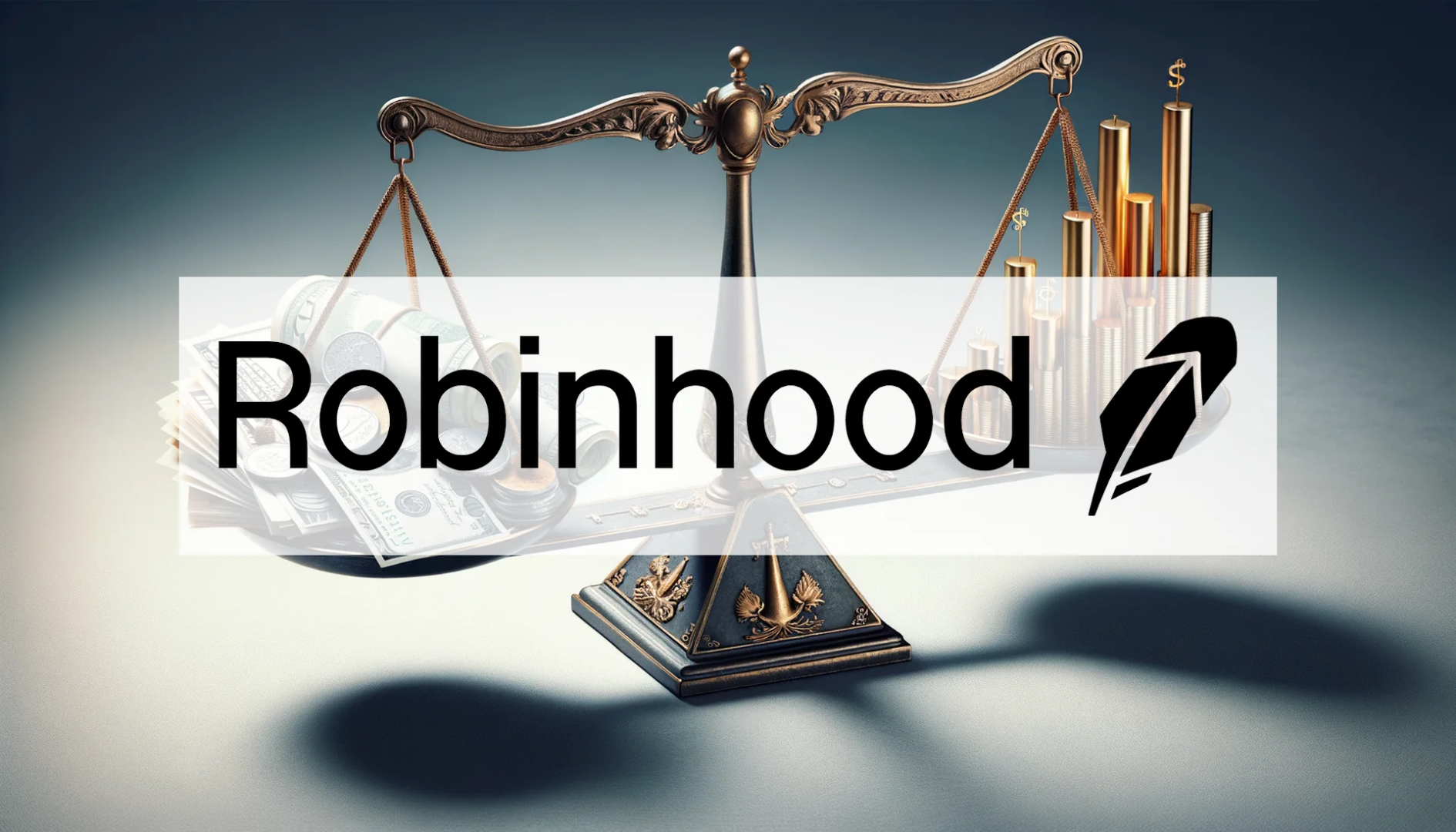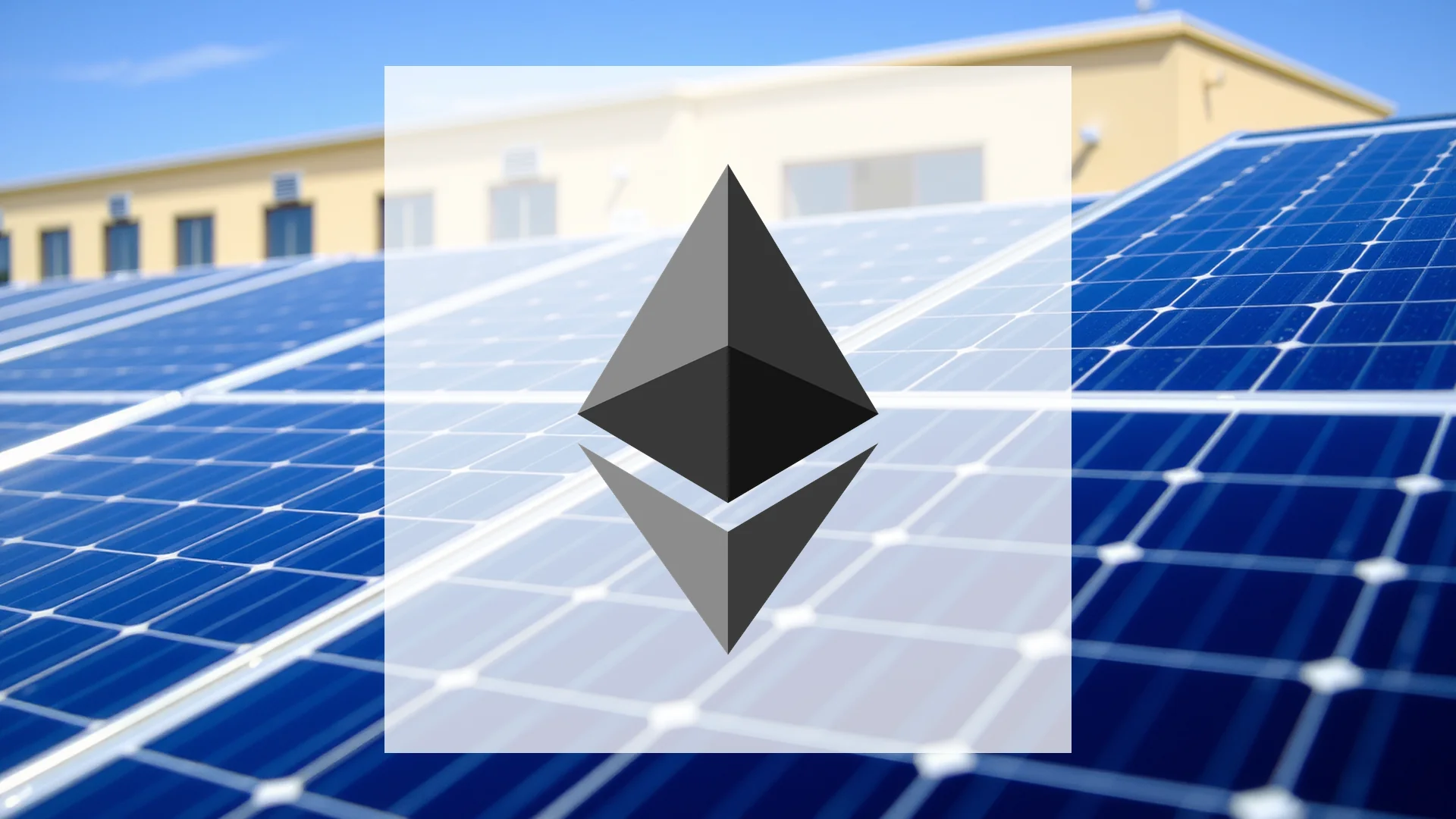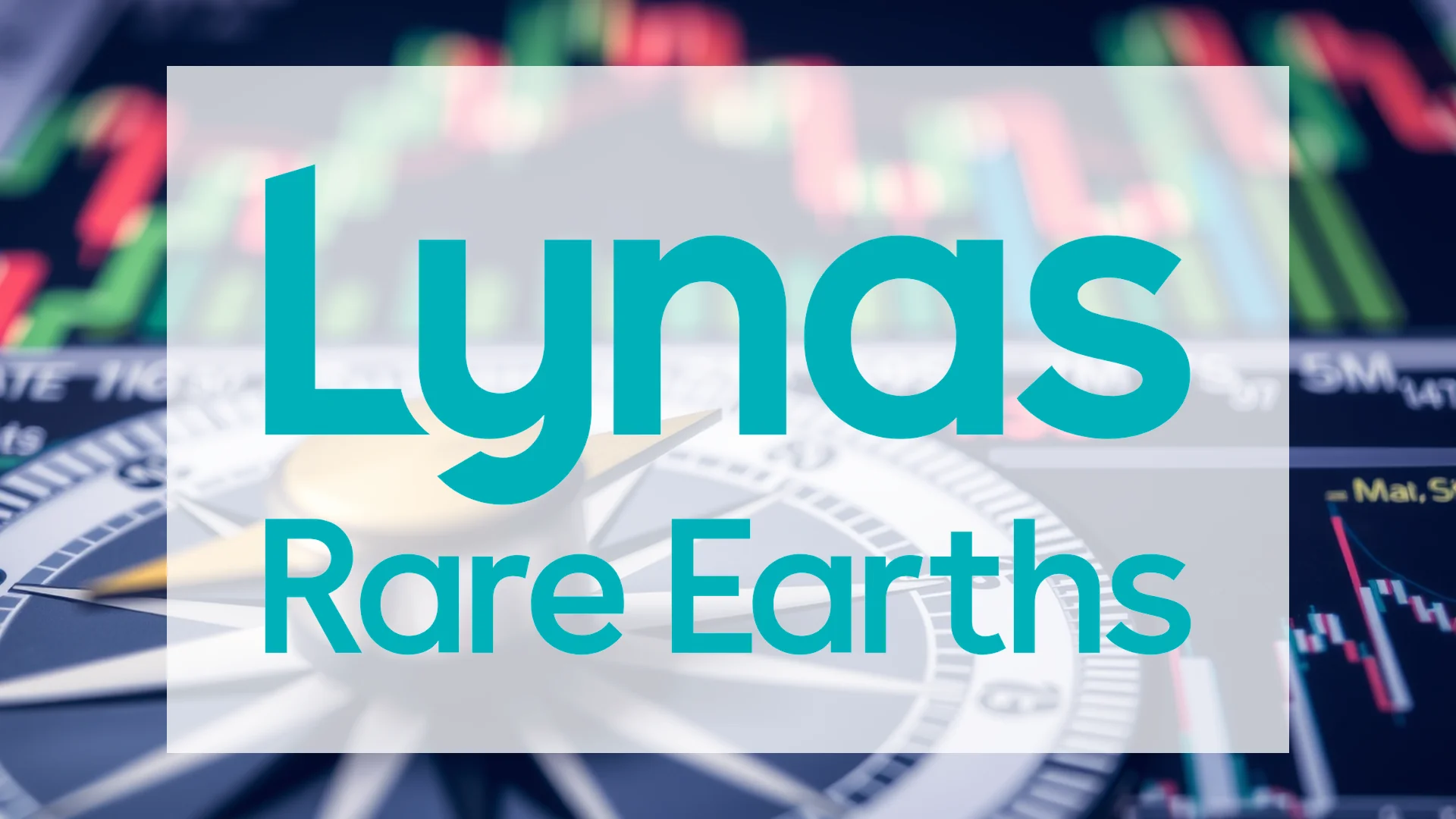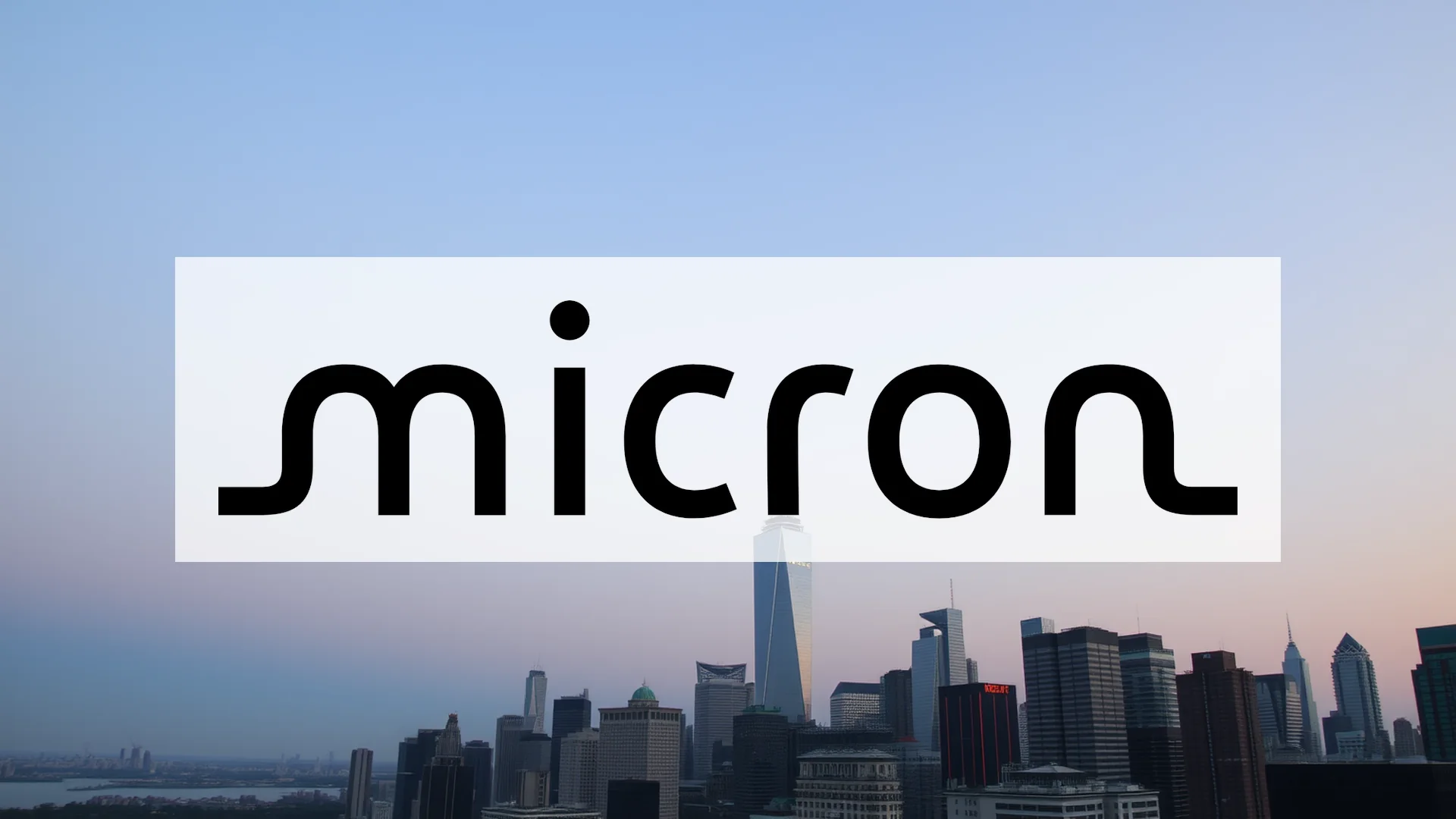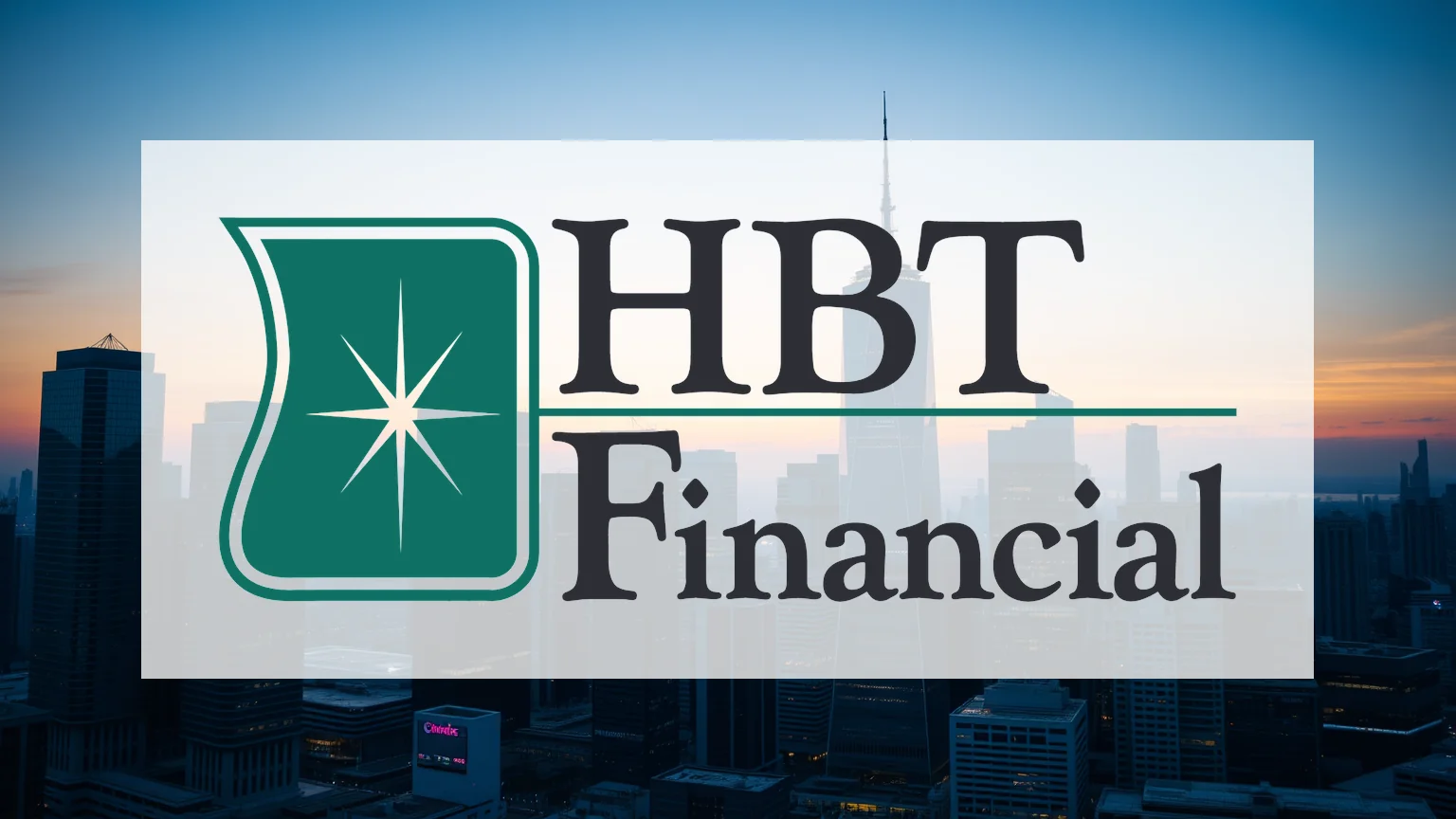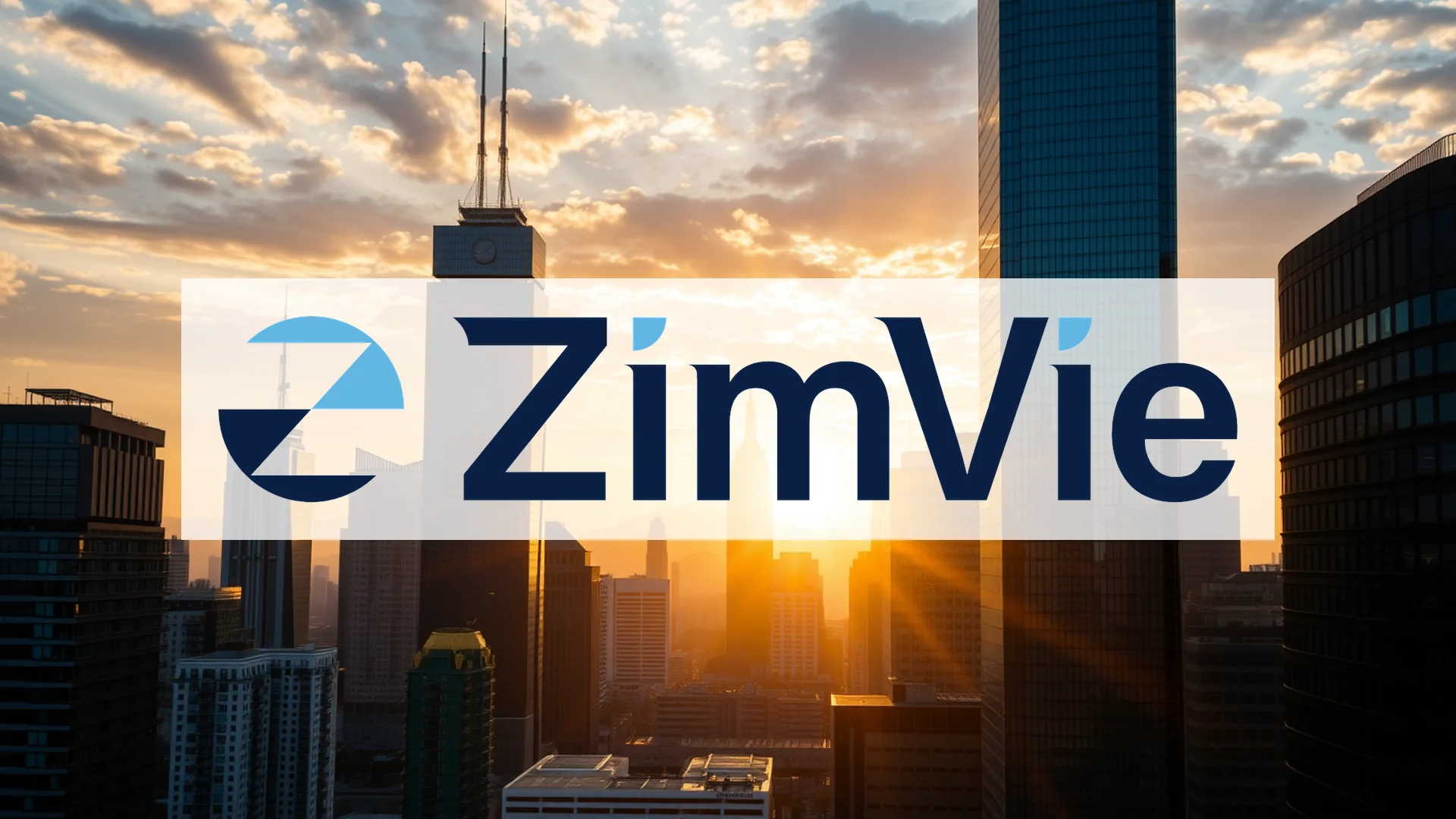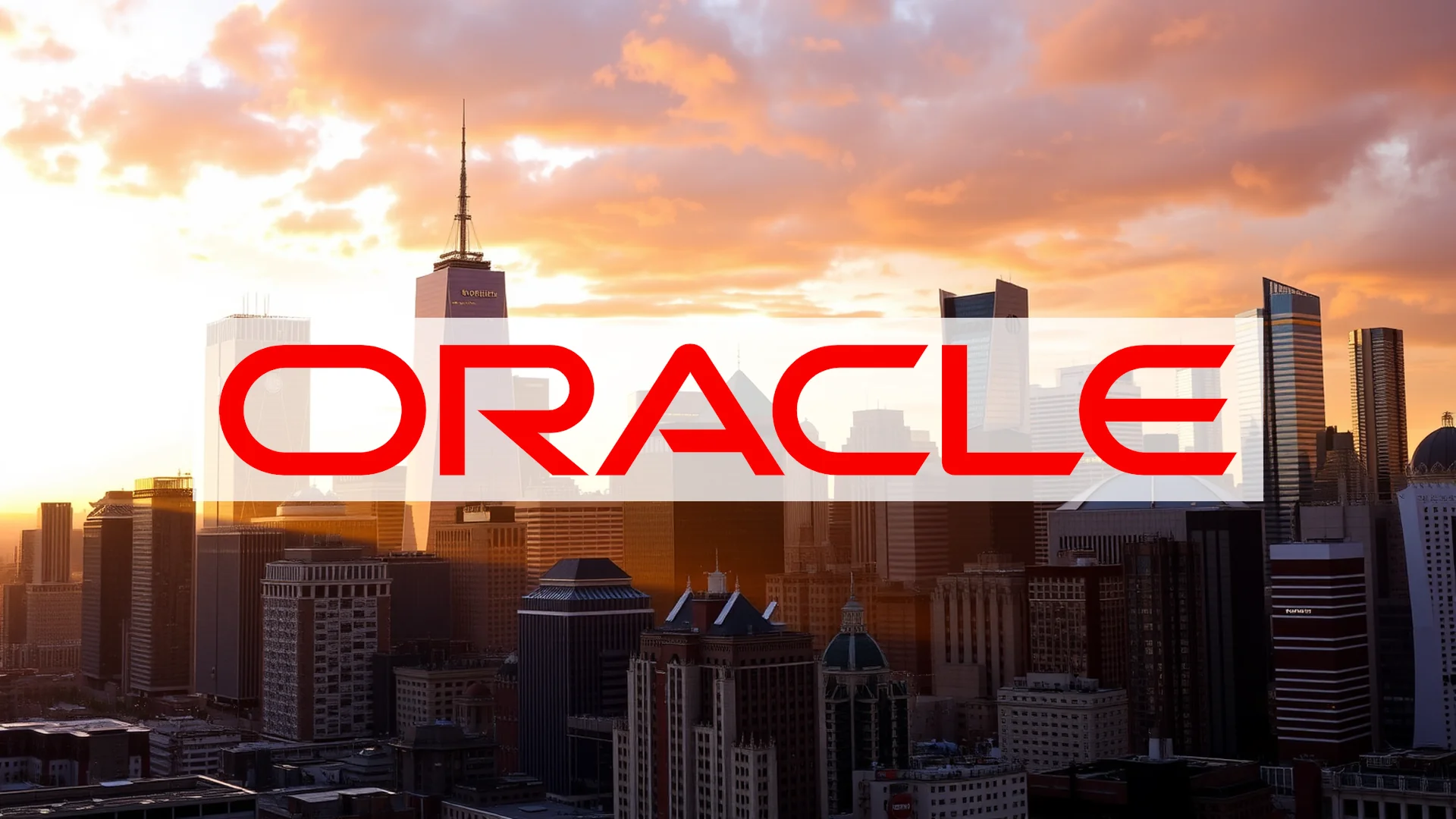A significant shift is occurring in how major financial institutions view Robinhood Markets. The trading platform, once primarily associated with retail meme-stock enthusiasts, is now commanding serious attention from professional investment firms. Recent data reveals that over 93% of the company’s shares are held by institutional investors, signaling a substantial vote of confidence from the professional money management community.
This institutional embrace coincides with a wave of positive analyst action, raising questions about whether the company is undergoing a fundamental reassessment of its investment merits.
Major Banks Boost Price Targets
A clear consensus is forming among Wall Street research firms. Barclays reinforced its “Overweight” recommendation while lifting its price objective from $102 to $120. In an even more bullish move, Bank of America Securities elevated its target to $157 from $139, maintaining a “Buy” rating. Goldman Sachs joined the trend, increasing its price forecast to $152 from $134.
This series of upgrades from established investment banks, many of which were previously skeptical of the platform, underscores growing belief in Robinhood’s evolving business strategy.
Should investors sell immediately? Or is it worth buying Robinhood?
Operational Momentum and Revenue Diversification
The company’s operational performance supports this optimistic outlook. As of July 2025, Robinhood served 26.7 million funded customers who collectively managed $298 billion in assets on the platform. Beyond these impressive user metrics, the company is successfully broadening its revenue streams.
Analysis from Piper Sandler suggests the platform’s new predictive markets business could generate annual revenue exceeding $200 million. This expansion into income sources beyond traditional trading commissions demonstrates innovative capability and may become a crucial component for long-term, sustainable growth.
Institutional Money Flows Signal Strong Conviction
Recent SEC filings highlight the magnitude of institutional capital movement. The data shows net inflows of $12.85 billion substantially outpacing outflows of just $6.71 billion. This imbalance indicates that major funds are establishing significant positions.
All eyes now turn to the Q3 earnings report scheduled for release after market close on November 5th. These financial results will provide critical evidence to determine whether the recent analyst enthusiasm and substantial institutional investment are fundamentally justified.
Ad
Robinhood Stock: Buy or Sell?! New Robinhood Analysis from November 20 delivers the answer:
The latest Robinhood figures speak for themselves: Urgent action needed for Robinhood investors. Is it worth buying or should you sell? Find out what to do now in the current free analysis from November 20.
Robinhood: Buy or sell? Read more here...

